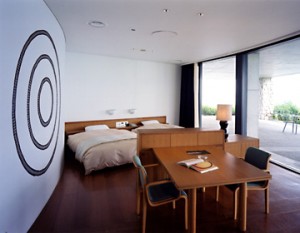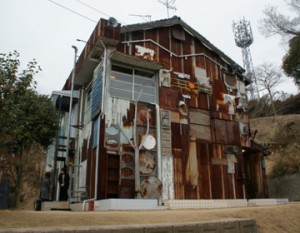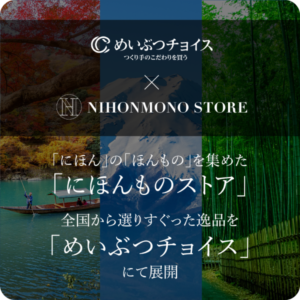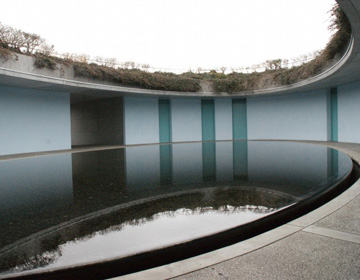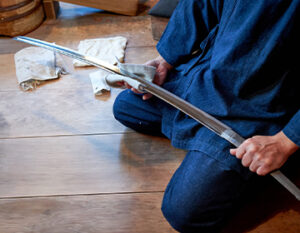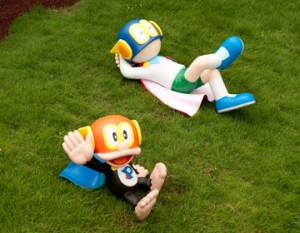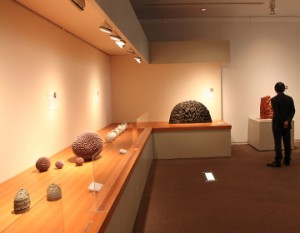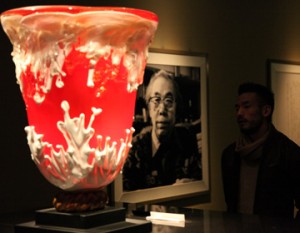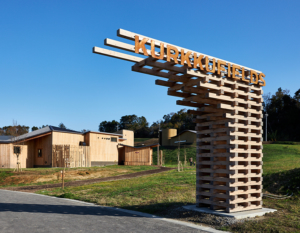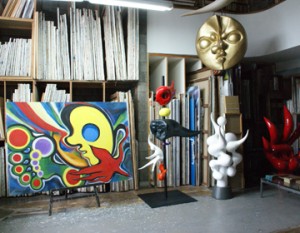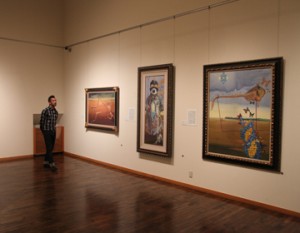Art Museum Built on a Hill on Naoshima Island
The Chichu Art Museum is located on the south side of Naoshima Island in the Seto Inland Sea, across from Benesse House. Chichu Art Museum” may sound like a strange name, but the architecture immediately makes sense. As the name suggests, the entire facility is subterranean. In order not to affect the landscape, the above-ground portions of the building are kept to a minimum, with natural light coming in through the ceiling windows. The building was designed by Tadao Ando. Only the works of Claude Monet, Walter de Maria, and James Turrell are exhibited there, so that visitors can experience them as an integral part of the architecture and space.
One of the attractions of the museum is that although it is underground, it is well-lit, so visitors can view the works in natural light. The natural light allows the works to be seen in different ways at different times of the day, making this a rare museum where the space itself functions as art.
A leisurely tour of the museum
The first thing you see when you enter the museum is the ticket center. From the ticket center to the museum, a 70-meter stretch of “Monet’s Garden,” featuring plants favored by Monet, a painter who loved Japan, leads to the museum. This is a heartwarming way to experience the beauty of nature that Monet depicted in his paintings.
After passing Monet’s Garden, visitors descend deeper into the earth past a space cut squarely toward the sky and a concrete wall tilted at an angle, where Walter de Maria’s work appears in a somber atmosphere. A black sphere with an ever-changing expression from sunrise to sunset. After a short viewing of the works, visitors will be presented with James Turrell’s “Open Sky” and “Open Field,” both of which use light as a motif. The sky and the wall seem to merge into one, and the space seems to expand endlessly with no sense of perspective, a strange sensation. The two artists’ works were created simultaneously with the architecture, which explains why the space is used to its fullest.
The last room is the Monet Room. Five works from Monet’s final years, including “Waterlilies,” are quietly displayed in a space paved with white marble. In this museum, light, water, plants, and even birdsong are used as supporting elements to enhance the art. It is truly a museum where one can experience art with all five senses.
